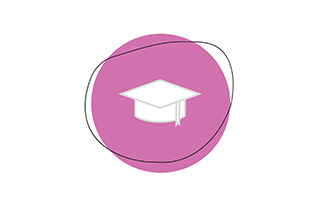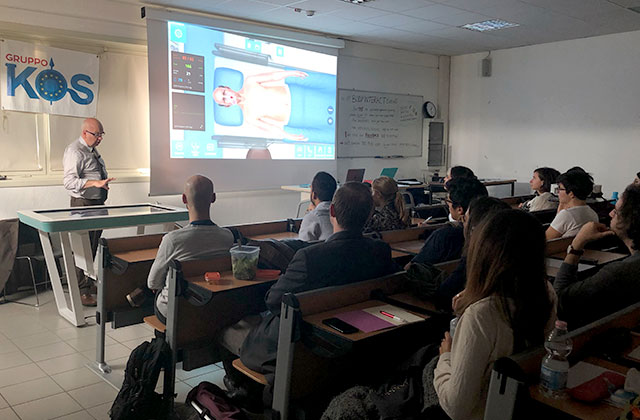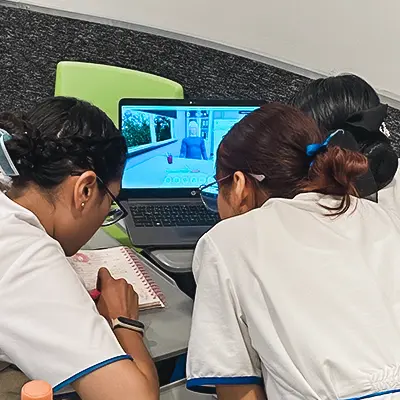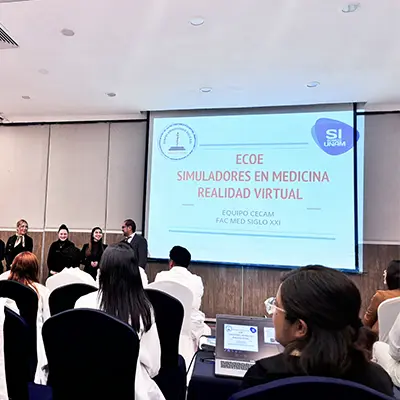Lately, one of the key challenges to educators’ was how to attract and maintain students’ attention throughout their learning. However, within the COVID-19 pandemic, all educational institutions started facing a completely different challenge: how to keep providing classes to students who are not attracted by theory but are prevented from attending clinical practice?
Nowadays, virtual patients have been introduced in the program of healthcare education institutions as a solution to the challenge of the healthcare pandemic we are living, as a way to provide an immersive and practical learning resource for educators and students. From High Schools and Community Colleges towards Nursing and Medical Degrees, students and educators recognize the benefits of including virtual patients into their curriculum.
Educators needed to “move quickly. Needed to take what they have, what they do very well and figure how it could be delivered to students”, mentioned Lorraine Betts, nursing educator at George Brown College from Canada.
Tina Garza, principal of Harlingen School of Health Professions from Texas, USA, mentioned that “after this pandemic all teachers are brand new teachers. We all become leaders and pioneers”.
Last October, three educators from Canada, the United States and Mexico, plus an Italian medical student, participated as invited speakers on Body Interact Learning Lab promoted through the Society of Simulation in Healthcare.
In this first article we share with you the amazing story of Shaul Gordon that together with his colleagues, convinced his university to implement Body Interact into their curriculum.

Students wanted Body interact in their university
Shaul Gordon, our invited student, is a 5th year medical student from the University of Pavia and last year (2019) together with three different students’ associations from the University of Pavia, including Grupo KOS, European Medical Students Association from Pavia and Harvey Medical Society (of which Shaul is the president), prepared a week of activities with virtual patients with the help of Body Interact team.
By using the virtual patient simulator, 500 students were able to understand how their actions influence the patient’s well-being, participate in teams on a virtual patients’ competition, solve clinical scenarios in the classroom with the educator as a facilitator and make decisions with their classmates.
The main goal of the demonstration was to help the University administration understand how virtual patients enable medical and nursing students to put their knowledge into practice in a safe simulated environment.
At the end of the week, the board was so impressed with the experience and the feedback from the students and educators’, that they decided to introduce Body Interact into its program.

Mimic real-life emotions
Throughout the COVID-19 pandemic situation in Italy, all professors from the University of Pavia were heavily involved in the healthcare crisis”, explained Shaul. Nevertheless, to ensure classes continued, the program was restructured and Body Interact clinical scenarios were assigned directly to students for them to have the chance to learn, reinforce their knowledge, keep their clinical practice ongoing, and keep up their motivation levels.
For the future healthcare professional, “the only way to prepare yourself is to constantly repeat the skills until you get to the point when you are using it without even thinking about it”. For this reason, the chance to be the one in charge, in a safe virtual environment, helps students learn from their mistakes and repeat the clinical case to consolidate their skills and knowledge.


For more detailed information, read the full news regarding the University of Pavia’s experience with Body Interact and see how students can have an impact on their university curriculum and consequently on their own education and academic success.







